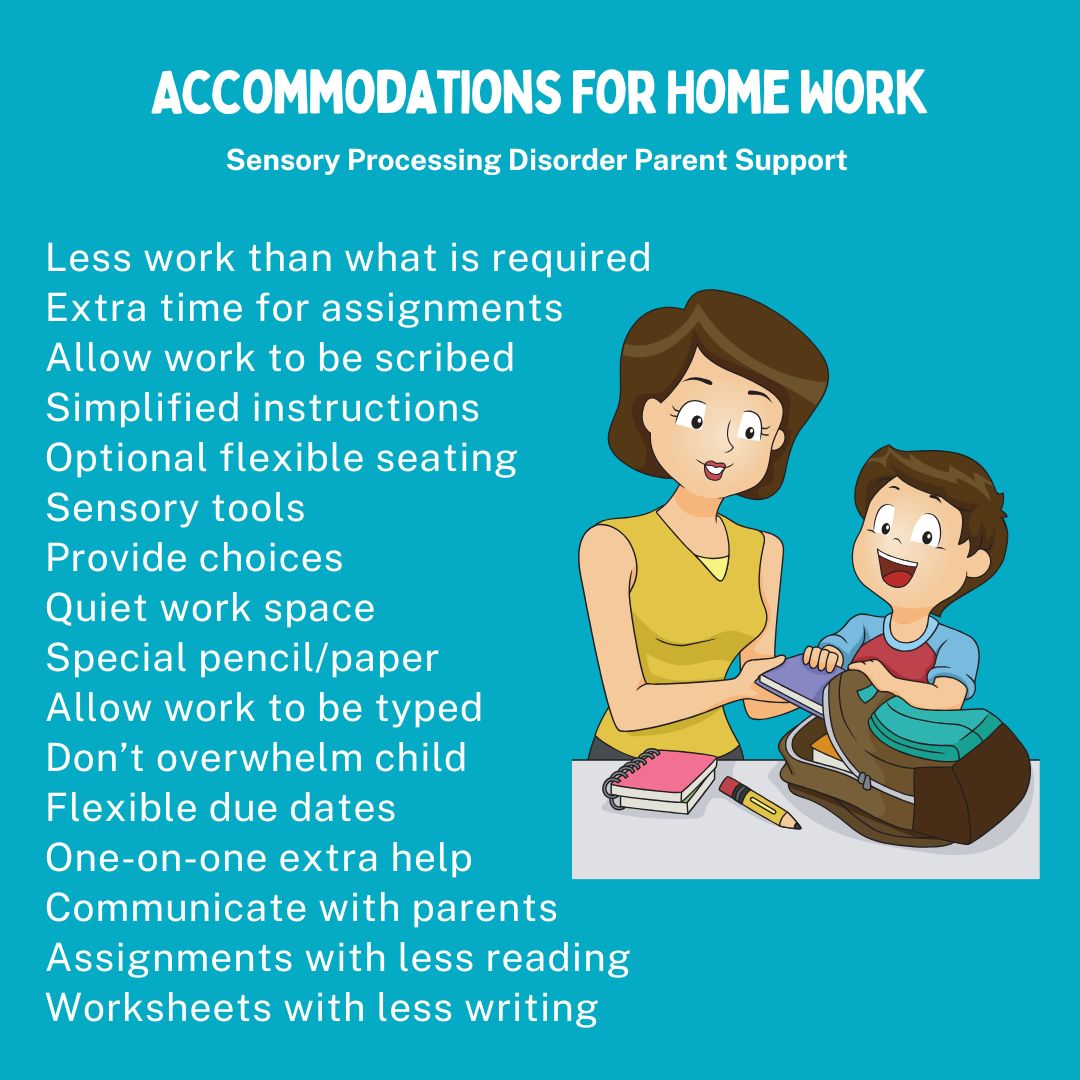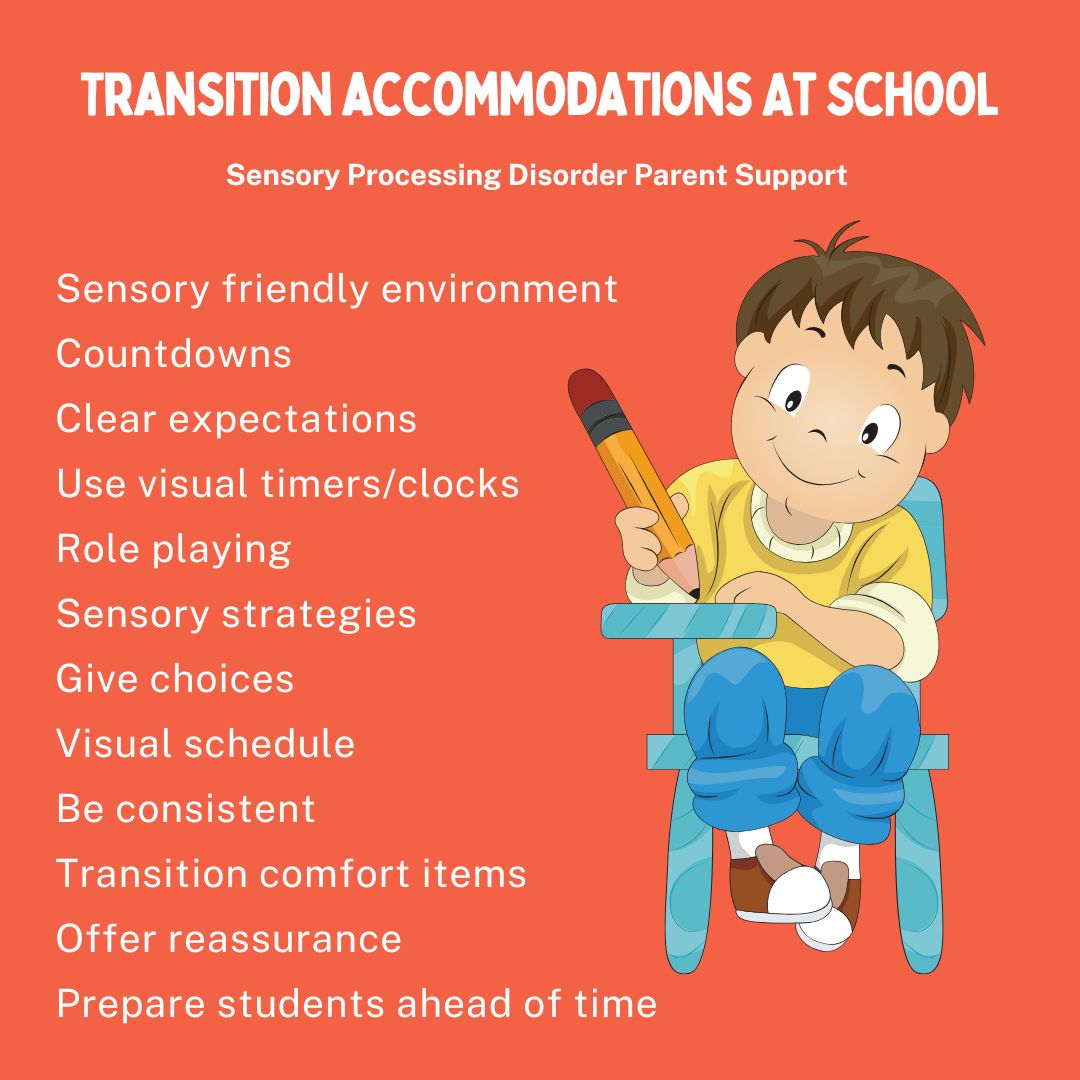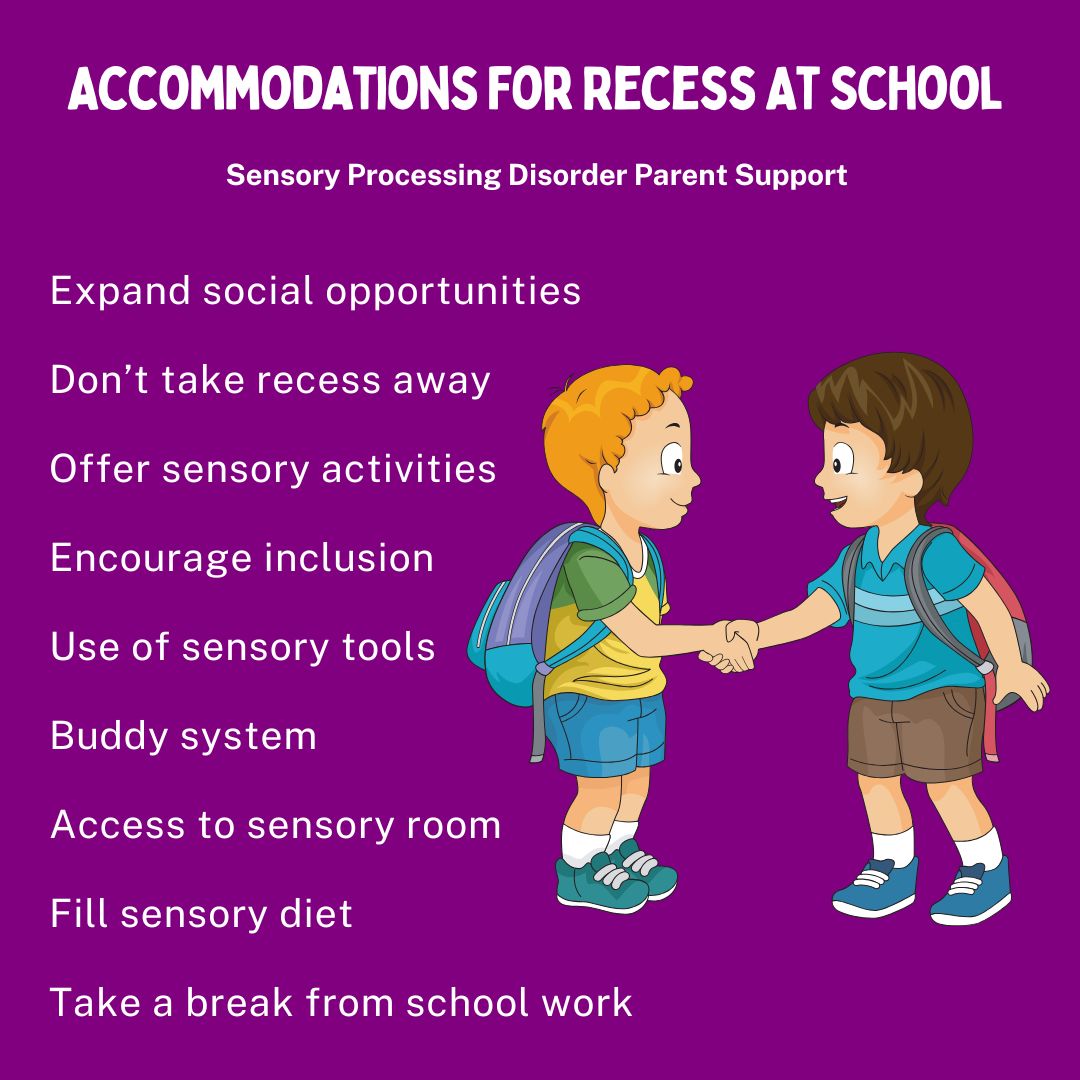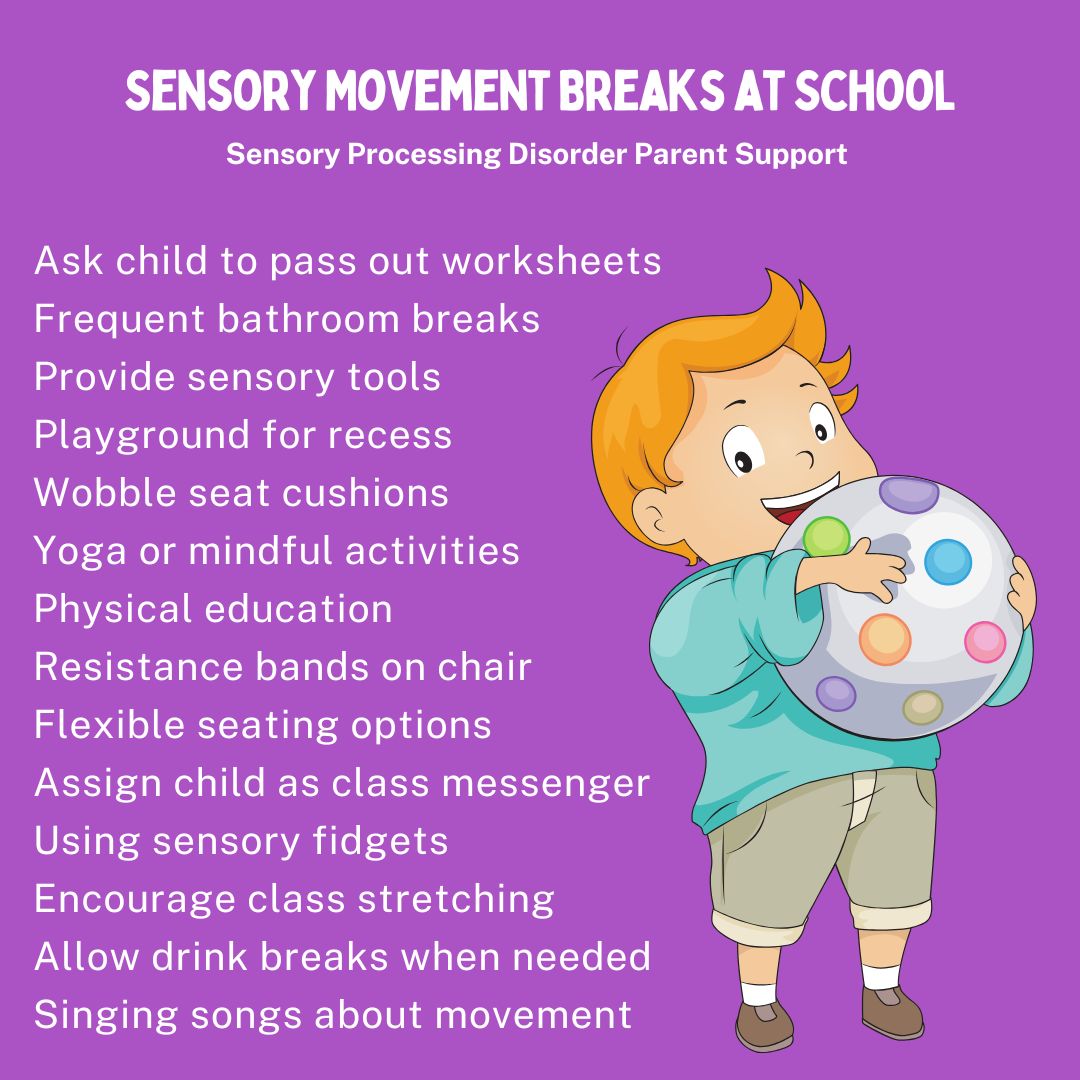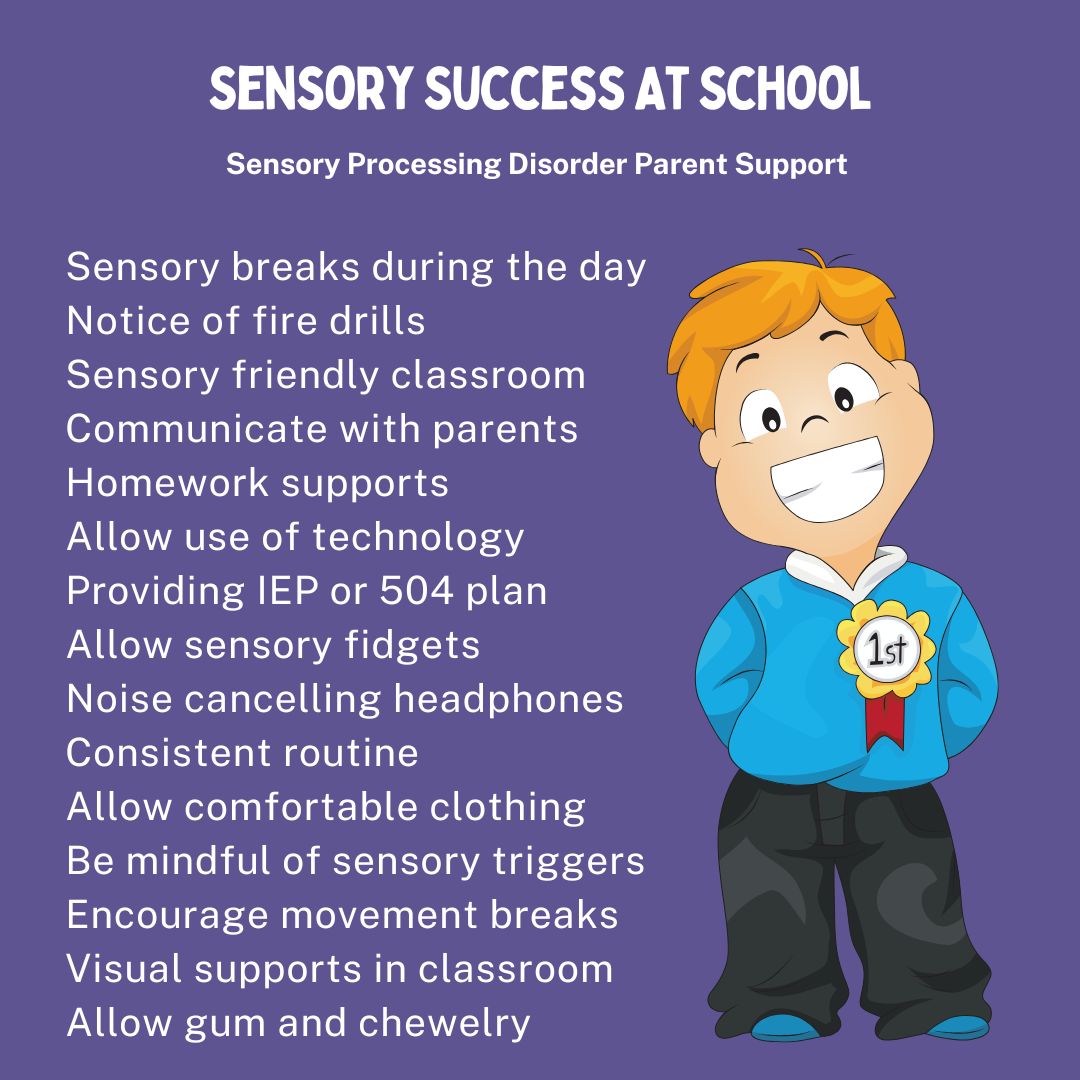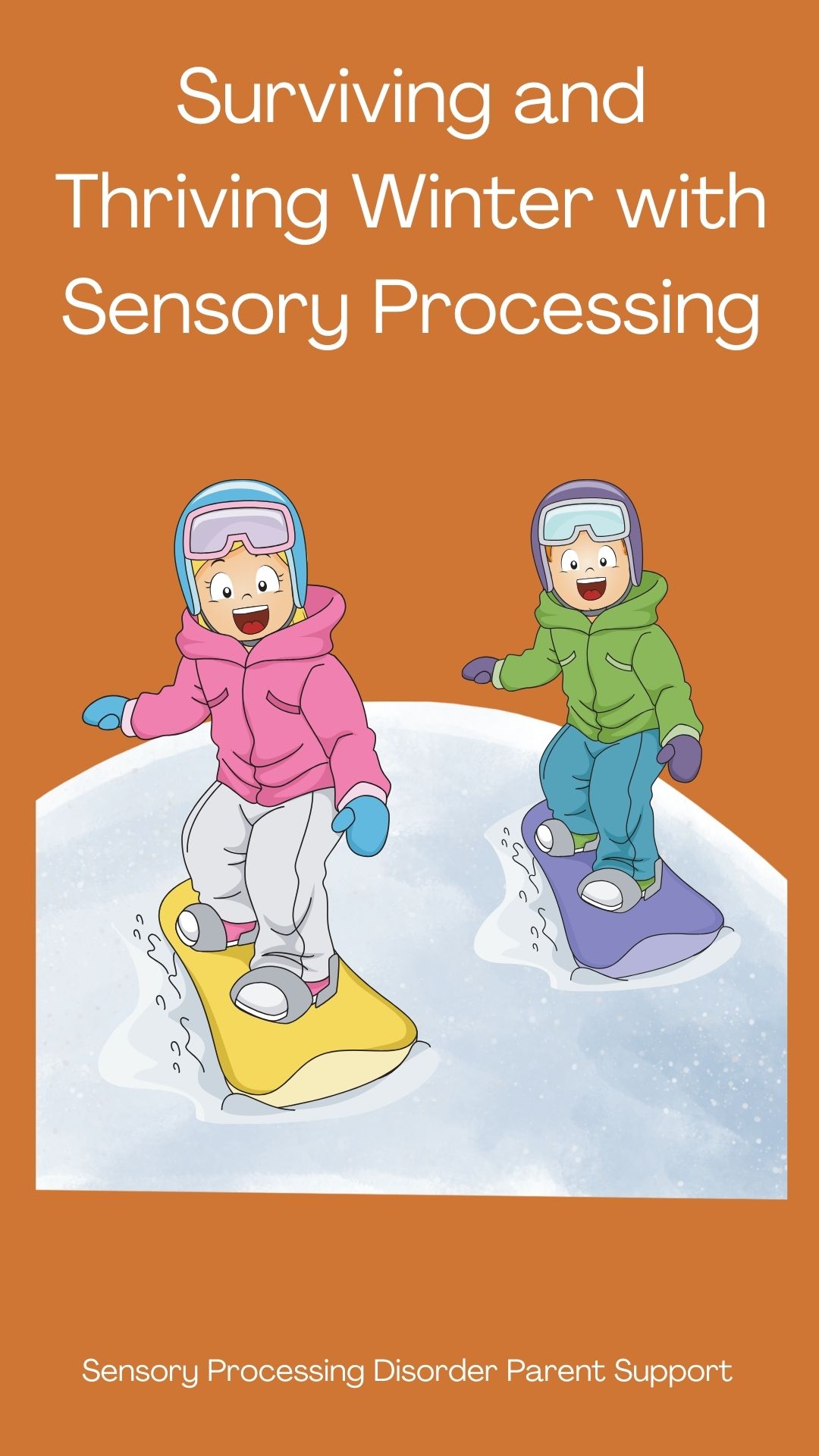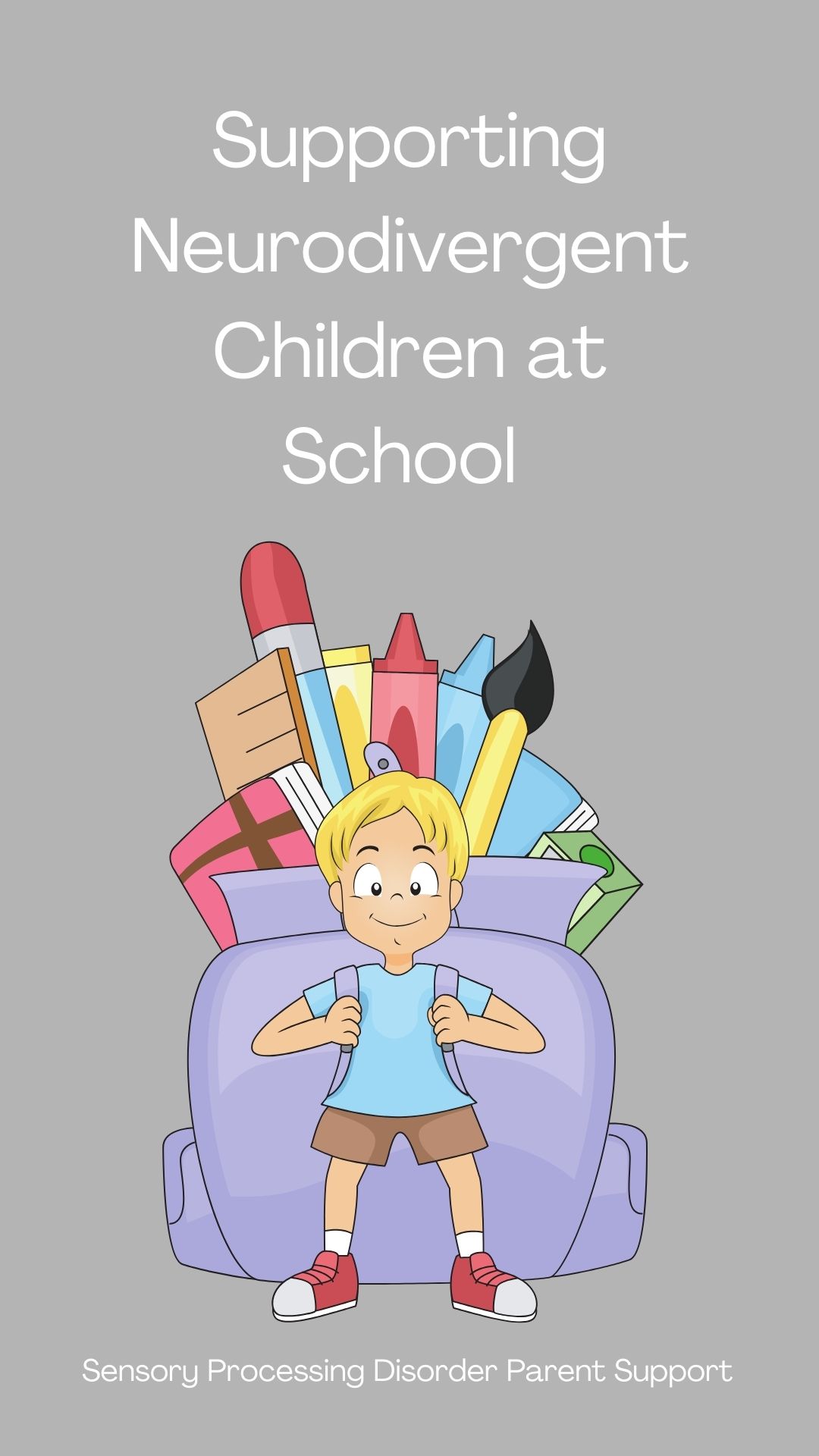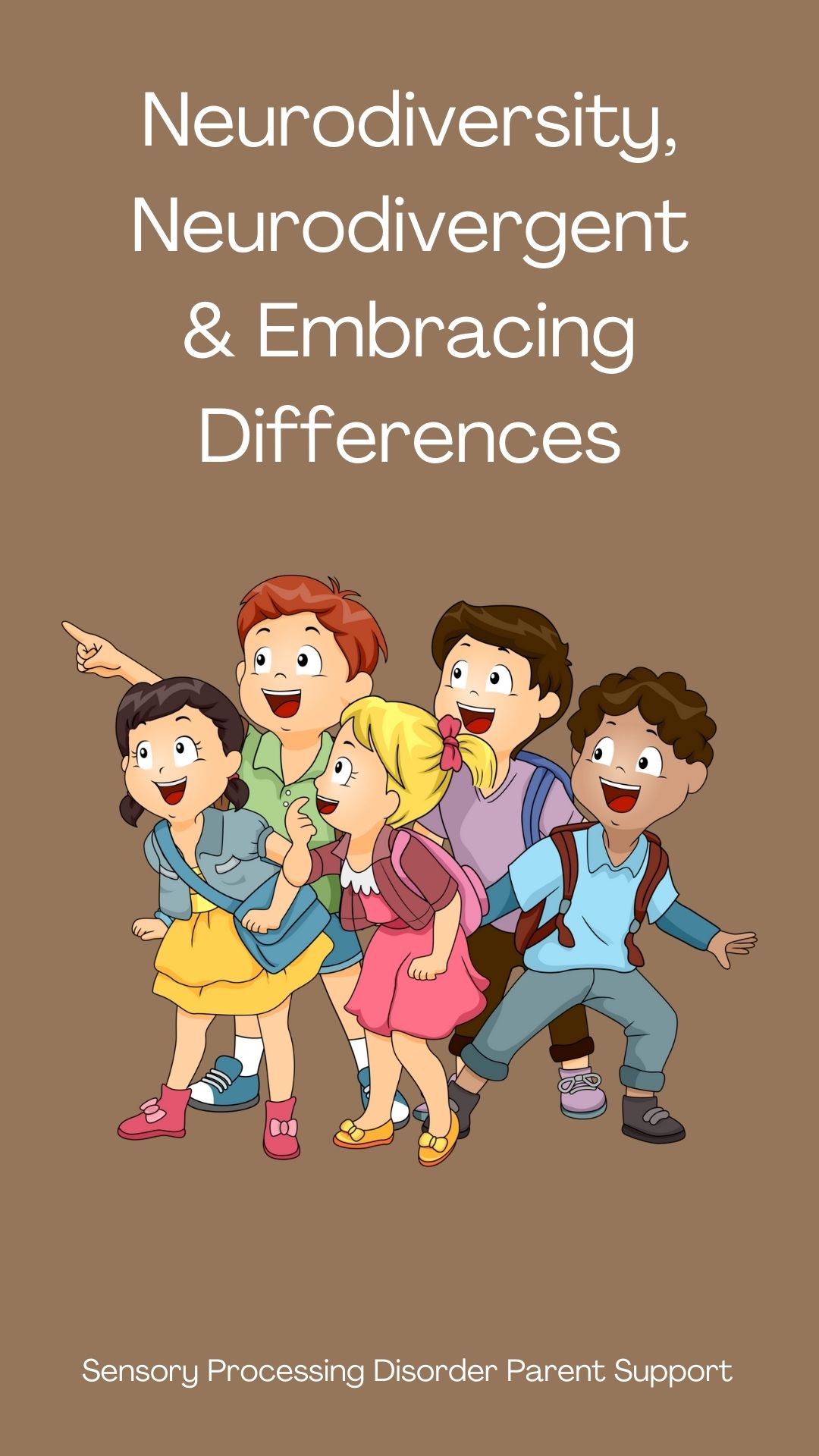
Sensory Processing Disorder Parent Support
School and Classroom Accommodations for Sensory Differences
Children with sensory differences ... painting the world beautiful.
School and Classroom Accommodations for Sensory Differences
Jeanette Loftus
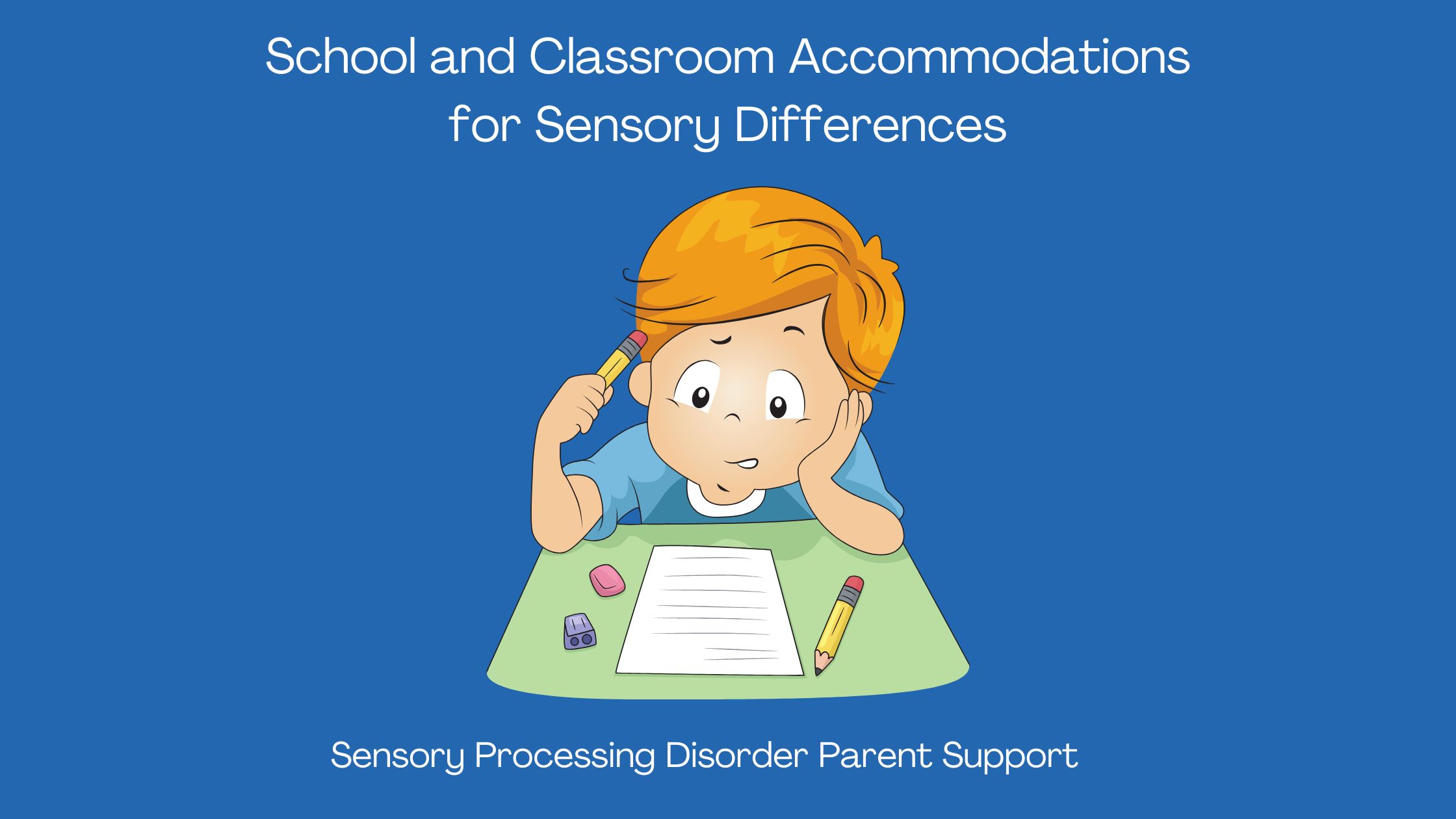
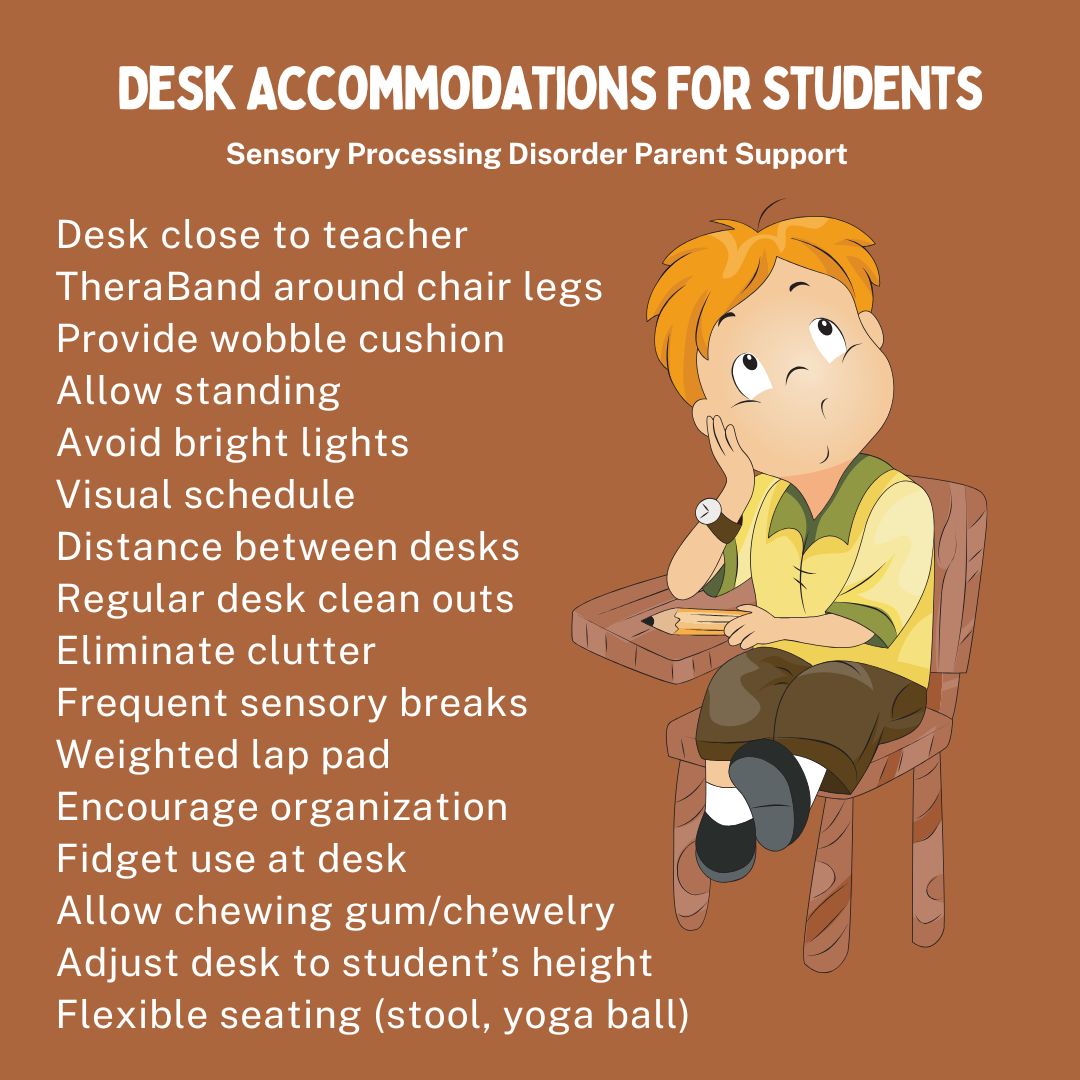
Writing can be very challenging for children who struggle with sensory differences and digraphia. There are a lot of different writing accommodations that teachers and parents can include in a child's school day to help them improve their writing skills or allowing children to use technology to type their assignments and class notes.
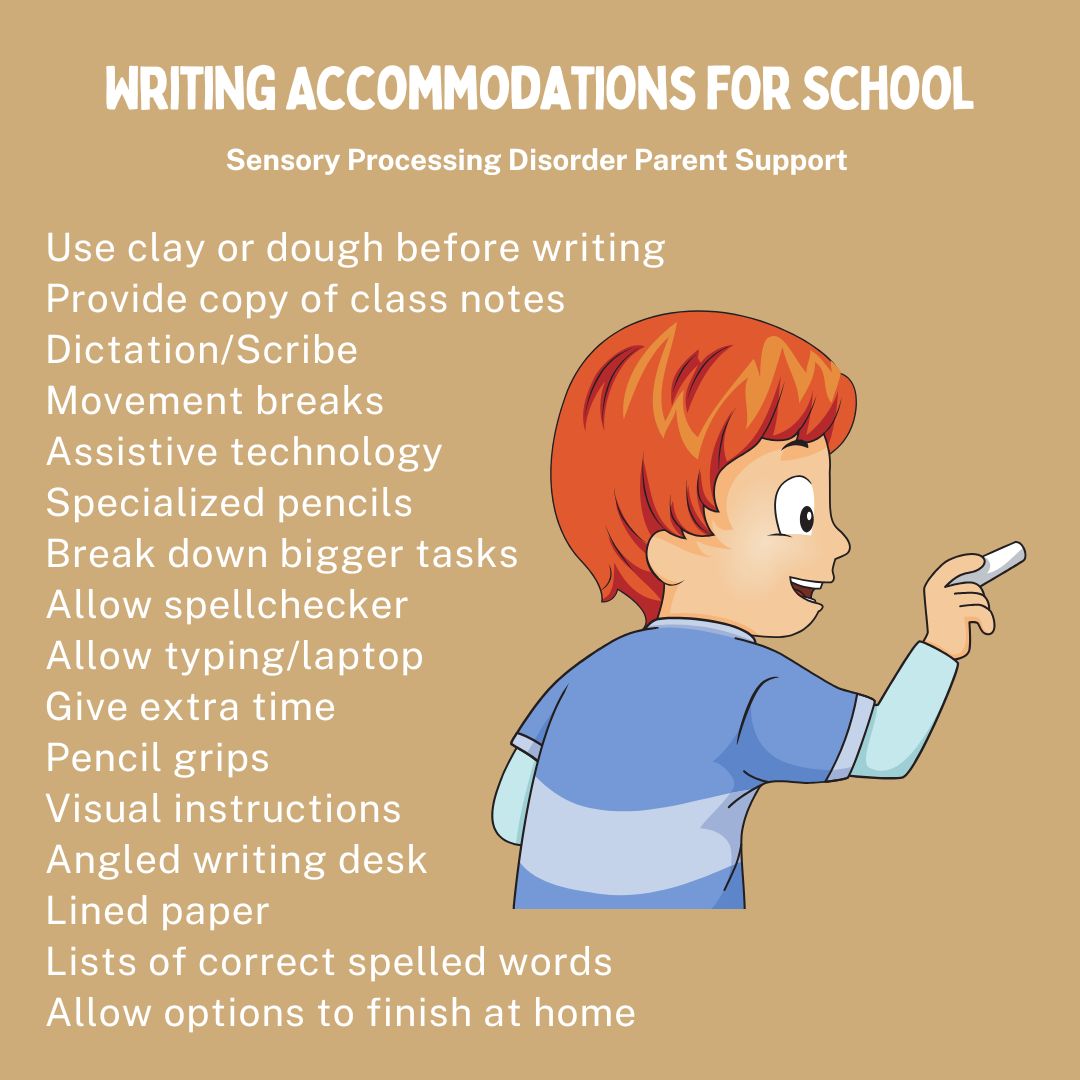
Reading can be very challenging fo r children who have sensory differences. There are some accommodations for teachers and parents to consider. Providing a designated quiet area or corner to read can cut down on distractions.
Allowing children to use audiobooks can be very beneficial. Offering smaller reading groups in the classrooms can provide a quiet setting and be beneficial for individualized support.
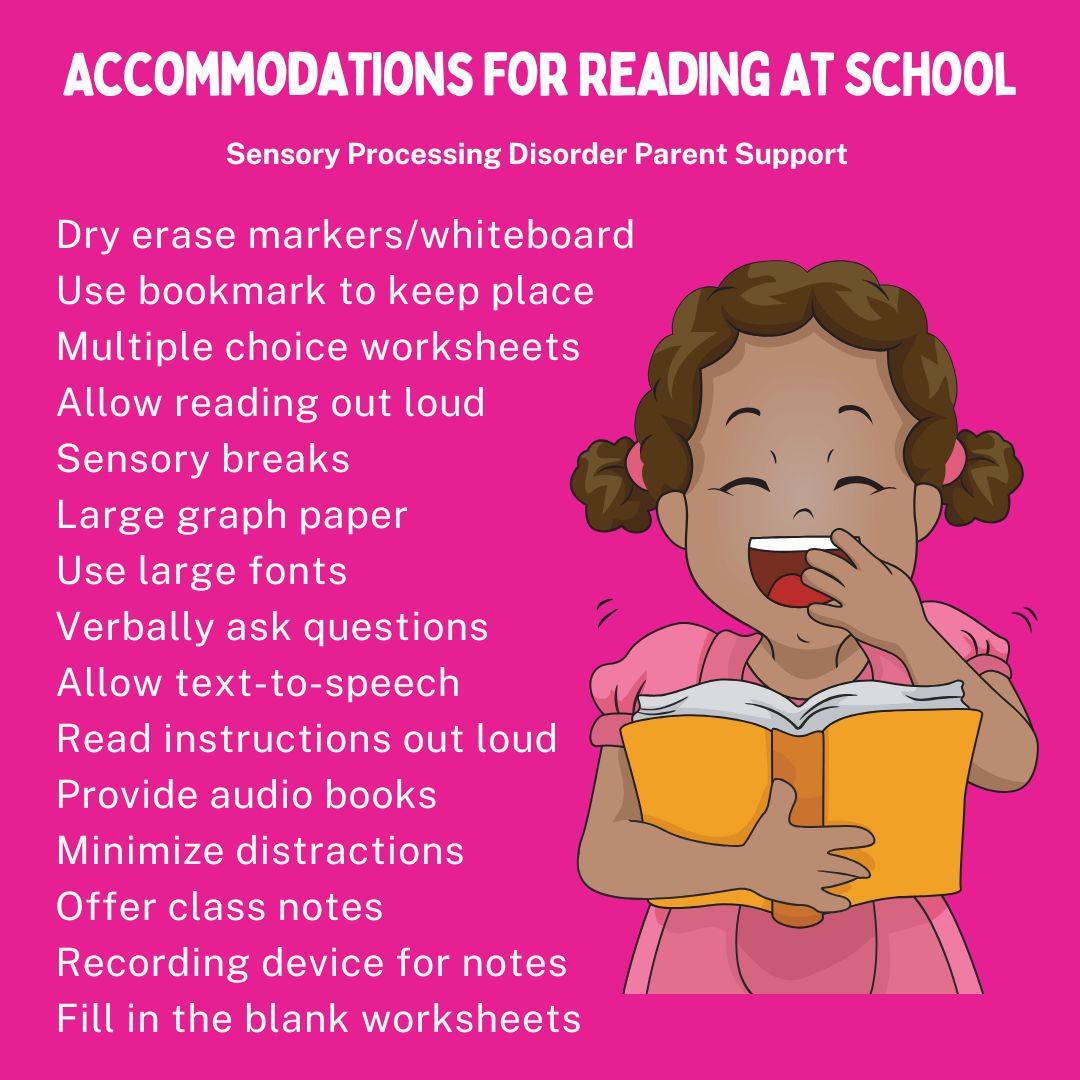
There are many ways we can sup port children with sensory processing disorder when they are struggling with their homework. They need clear written or visual instructions with a structured homework schedule. Establishing a consistent homework routine at home can help children manage their time effectively and complete their homework.
